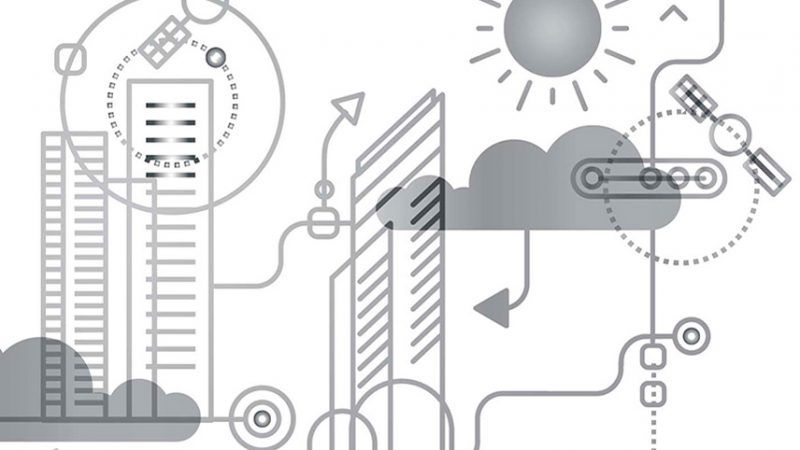We Broke the Climate and We Can Fix It

It's way past time for humans to start devising an emergency back-up planetary cooling system.
Should man-made global warming turn out to be faster and more intense than currently projected, we need a plan for how to respond. Geoengineering offers one possible answer.
Broadly speaking, climate geoengineering proposals fall into two categories: carbon dioxide removal and solar reflection. The first involves diverting carbon dioxide from power plant emissions or soaking it up directly from the atmosphere and then burying it underground. The second category—the chief focus of some surprisingly informative congressional hearings in November—entails marine cloud brightening or stratospheric aerosol dispersal.
Marine cloud brightening would involve spraying saltwater into the air as a way to make low-level clouds over the ocean, thus reflecting back more incoming sunlight. As Kelly Wanser, the principal director of the Marine Cloud Brightening Project at the University of Washington, testified during those November hearings, experiments using natural materials, and with localized effects lasting only a couple of days, could "be highly controlled and performed under existing regulatory and jurisdictional frameworks."
The other method involves injecting tiny bright particles 7 to 31 miles up into the stratosphere. The 1991 eruption of the Mount Pinatubo volcano in the Philippines, which hurled 22 million tons of sulfur dioxide into the air, created a natural solar reflection experiment. The resulting global haze reflected enough sunlight to lower the average temperature of the planet by nearly 1 degree Fahrenheit for two years.
To offset man-made warming, a group organized by former Microsoft executive Nathan Myhrvold has proposed constructing a set of five 18-mile hoses held up with helium balloons to pump liquefied sulfur dioxide into the stratosphere. The group estimated 10 years ago that the project would cost a mere $150 million to build and $100 million a year to operate, highlighting the fact that climate interventions don't necessarily have to come from the U.S. government.
Sunlight reflection methods could provide humanity with more time to reduce greenhouse gas emissions. But deploying them is a long-term commitment, since a halt would lead to an immediate steep increase in global temperatures. Given these considerations, the time to explore the risks and benefits is now.
This article originally appeared in print under the headline "We Broke the Climate and We Can Fix It."


Show Comments (270)